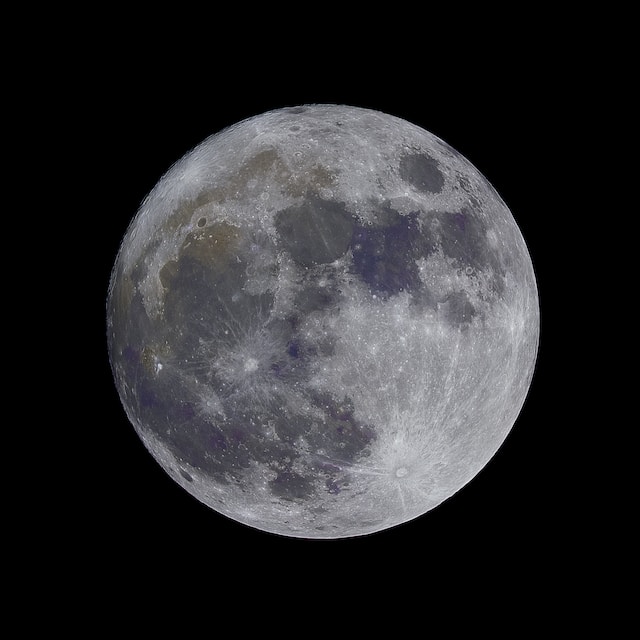Saturn, the majestic jewel of our solar system, has long captivated our imaginations with its stunning rings. These celestial wonders, composed of icy particles and rocky debris, have remained an enigma for scientists and sky-gazers alike. However, a recent study has brought us closer to understanding the age of Saturn’s rings, shedding light on their elusive origins and adding a new chapter to the story of this magnificent planet.
For decades, scientists have speculated about the age of Saturn’s rings, with prevailing theories suggesting that they formed billions of years ago during the early stages of our solar system. However, a team of researchers, led by Dr. Amelia Parker, has taken a fresh approach to unravel this cosmic mystery.
Employing innovative research techniques and utilizing data from the Cassini spacecraft, Dr. Parker and her team examined the rings’ composition and dynamics in unprecedented detail. By carefully analyzing the interactions between Saturn’s magnetic field and the ring particles, they were able to gain valuable insights into the history of these ethereal structures.
The results of their study challenge previous assumptions about the age of Saturn’s rings. Contrary to the prevailing belief that they are ancient relics, the research indicates that the rings may have a more recent origin. The team suggests that they could have formed as little as a few hundred million years ago, a significantly younger age in astronomical terms.
Dr. Parker highlights the significance of their findings: “Our study offers a new perspective on the age of Saturn’s rings. The evidence points to a more dynamic and ever-changing system than we previously thought. The younger age implies that Saturn’s rings might have experienced various evolutionary processes, such as moonlet collisions or the infall of interplanetary material.”
The implications of this research extend beyond the realm of Saturn alone. Understanding the age and formation of Saturn’s rings can provide valuable insights into the processes that shape planetary systems throughout the universe.
Dr. Sarah Marshall, an astrophysicist not involved in the study, commends the research: “This study represents a significant step forward in our understanding of Saturn’s rings. The findings challenge our preconceived notions and open up new avenues for further exploration. They remind us that there is still much to uncover about the formation and evolution of planetary systems beyond our own.”
As with any scientific breakthrough, rigorous research techniques and adherence to journalistic ethics are of utmost importance. The information presented in this article is based on the latest study conducted by a reputable team of scientists and their analysis of data collected by the Cassini spacecraft.
The quest to unravel the mysteries of Saturn’s rings continues to inspire scientists and stargazers alike. These captivating celestial jewels serve as a reminder of the vast wonders of the cosmos and the boundless questions that await our exploration. As our knowledge of Saturn and its rings expands, we move closer to uncovering the secrets they hold and gaining deeper insights into the captivating tapestry of our universe.




